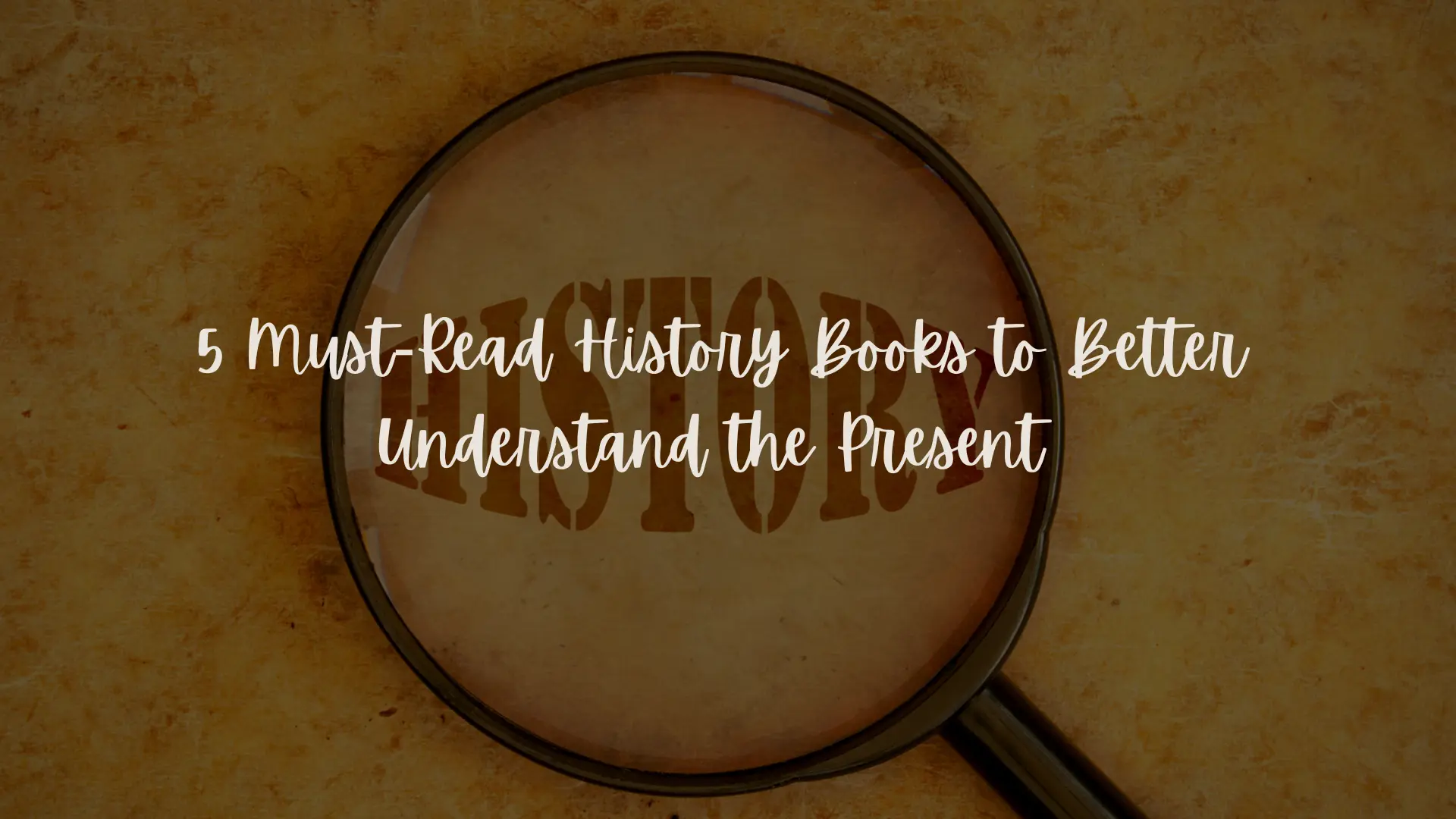Sarah Hoilund’s ‘Photographing the Female’ explores female identity through the camera lens
'Photographing the Female’ started in 2016 and is a platform for contemporary photographers to tell stories about women to help overcome stereotypes and discrimination.
First, it was manual cameras and film rolls, then came digital cameras, and later phone cameras – all standing testimony to mankind’s fascination with capturing people and events, and then, making a statement and a point.

The impact of a photograph can be such that it can stay in public memory for aeons, shaping opinion and even helping bring in positive change.
Danish photographer, curator, and founder of the ‘Photographing the Female’ initiative Sarah Hoilund holds a similar view. “Whatever we see as visual imagery in the public is a sign of what people think and what is important within a society.”
With a vision to explore the female identity, Sarah started her initiative in 2016. ‘Photographing the Female’ is a platform that allows contemporary photographers from around the world to tell stories of women, helping overcome stereotypes and discrimination.
See things through a different lens
Having completed her education in Art and Media from Paris, Sarah travelled around the world to explore different cultures. She has not been formally trained in photography, but concerned about women-related issues, took to the medium to tell stories that she felt needed to be told.
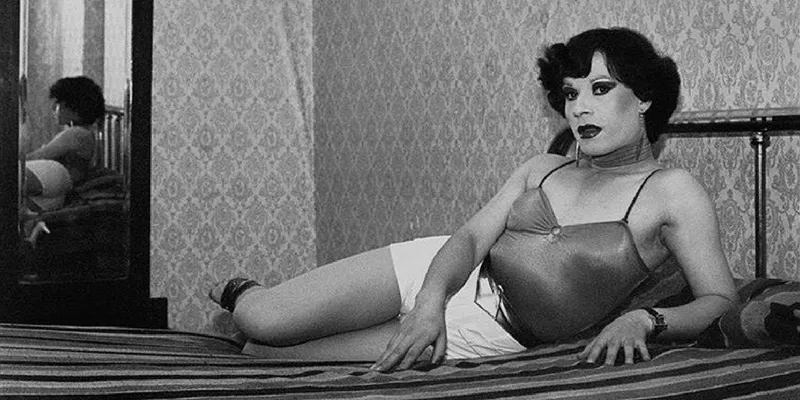
Talking about the idea behind ‘Photographing the Female’, Sarah says, “It came quite naturally to me to focus on women. It was a combination of thoughts and a journey over many years. There were many moments, so I can’t say there was one defining moment to do so.”
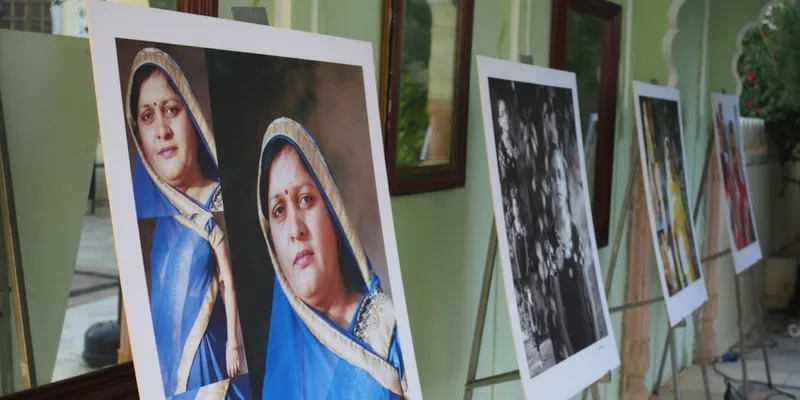
Sarah put up three exhibitions last year, two in Mumbai, and the third at The Willow School in New Jersey in the US.
For the exhibition, Sarah researched stories of women for six months and that is when she realised there were so many to tell. While each story was different from the others, they were all also connected in some way. She says, “It only made sense to bring stories together from all over the world.”
Not being formally trained in photography is an advantage, Sarah says, and remarks, “You see things from a different perspective and using this platform, I can try to reach people outside the photography industry.”
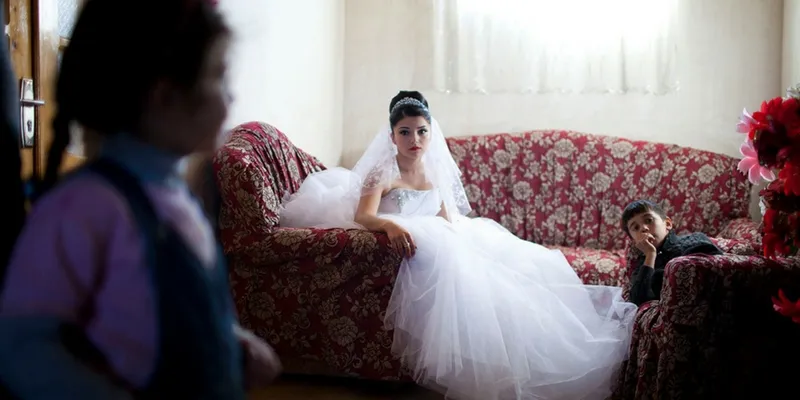
Sarah also adds that so far female artists have been excluded from art history. “Whatever we see as visual imagery in public is the sign of what people think is important in within a society. The more stories you show, more stories about women artists and women, the more importance they gain in society. That’s why it is important to put their stories out there for not only what these stories are saying, but also how we educate everyone on what different women are doing in different parts of the world.”
The more different, the better
Bringing photographers from different genres, cultures, ages, and backgrounds together to communicate the same message, Sarah’s vision behind the project is to use visual imagery of what one sees in a female, and to overcome stereotypes with tolerance and awareness.

She says, “The more stories you hear about someone who looks like you and living the life that you live, the more you start identifying and start giving importance to your own life and create a cultural identity and images. In this age, this is one the biggest identities, and it plays a huge role in how we see and understand ourselves, which why we need to see images as stories about women and understand what's going around the world.”
As a curator of her exhibitions, Sarah says she has never followed the rules as Photographing the Female is about opening up, and not having a strict principle of what should be, being a woman.
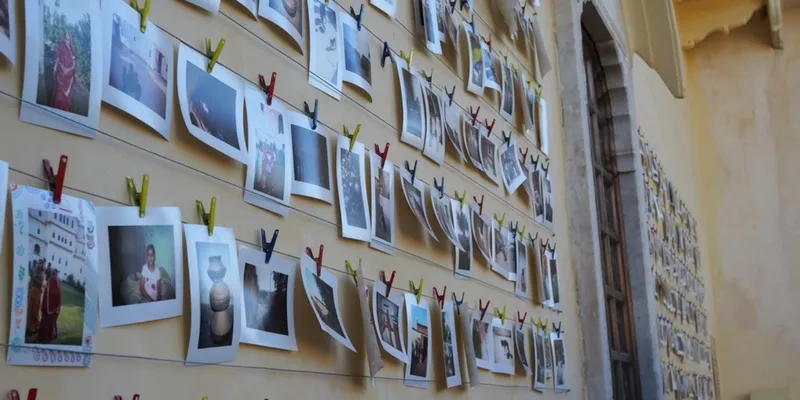
She says, “We are looking through history, and breaking down notions and comparing the definition of what is historically been defined as what it is to be a female under stereotypes, with discriminations on gender, body ideals, marriages, and rituals.”
At her Mumbai exhibition, Sarah showcased 23 female photographers and two male photographers.
“There is a representation of reality, but seen through many different lens because reality could have been shown through fashion photography as well as by a photojournalist. What I don't try is put on the cliché as, for example, if I am looking female in India, I would like to bring out what it means to be female in India, with a new perspective rather than something which is already been talked about.”
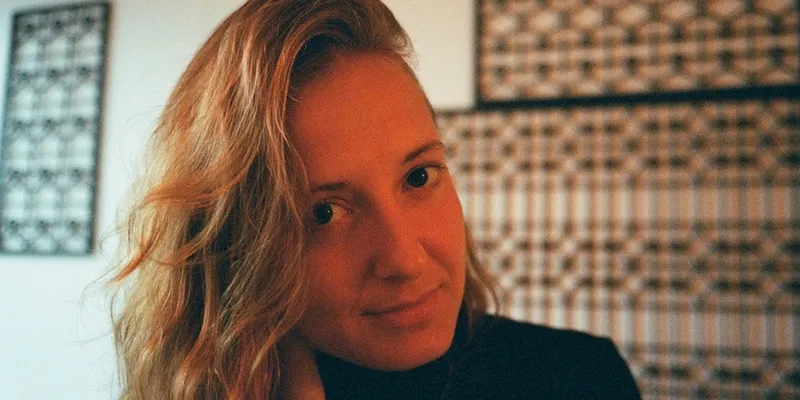
Sarah says her exhibitions are just one medium to get the message out. She also works closely with women in marginal communities in Dharavi in Mumbai and in Rajasthan.
Teaching and letting women from these communities photograph, she says, gives them a chance to tell their own stories, which a photojournalist could never portray.



